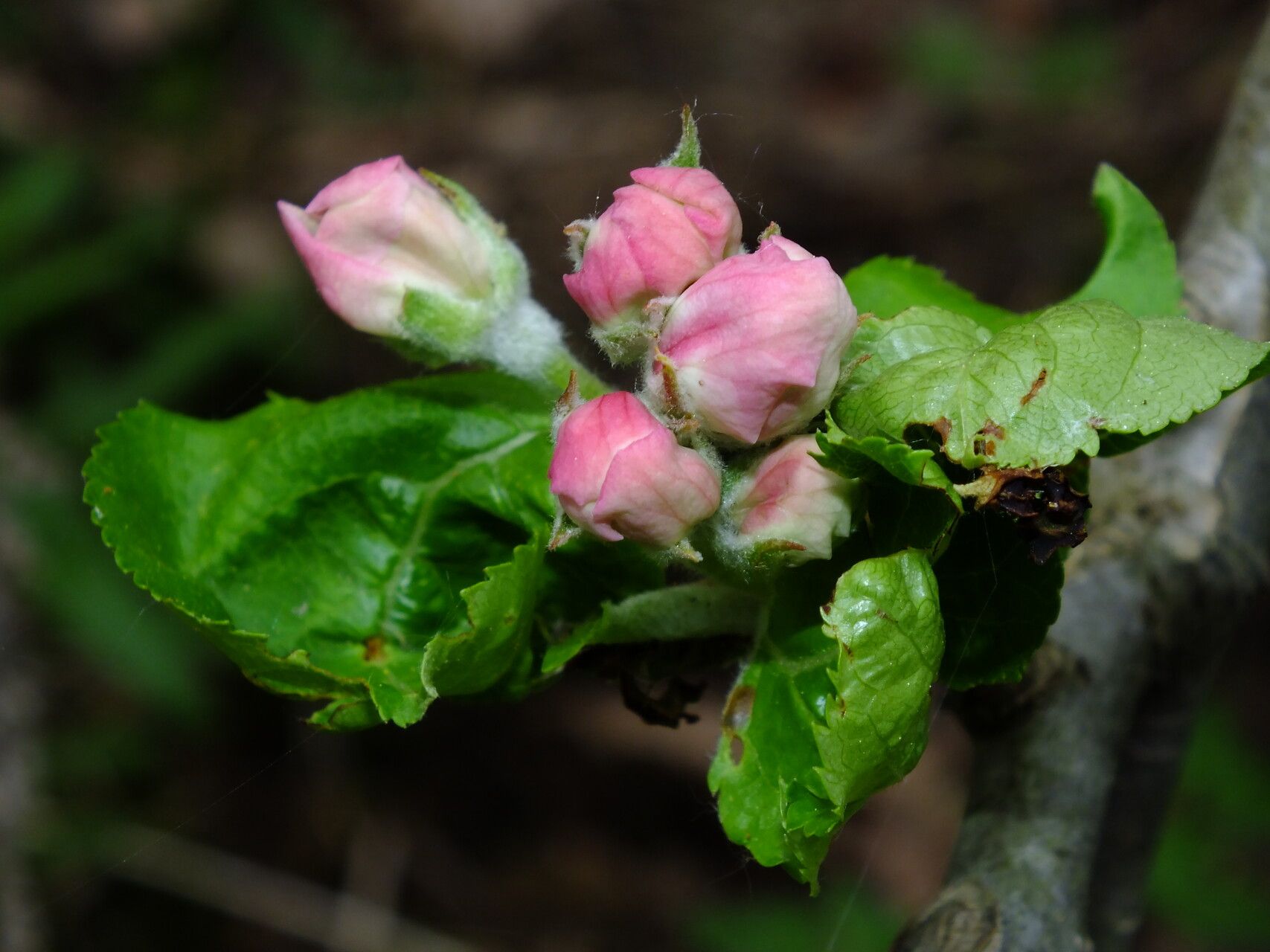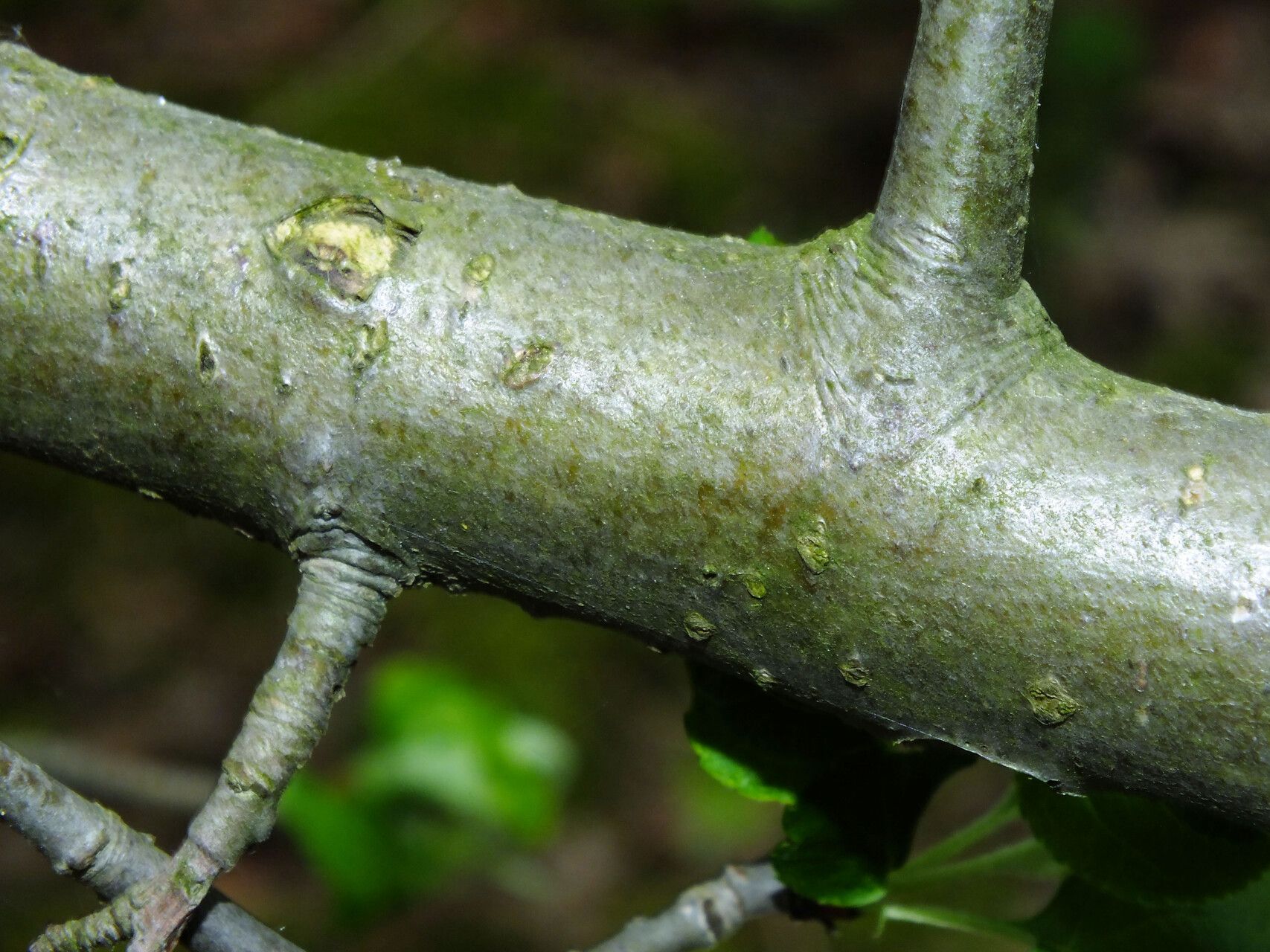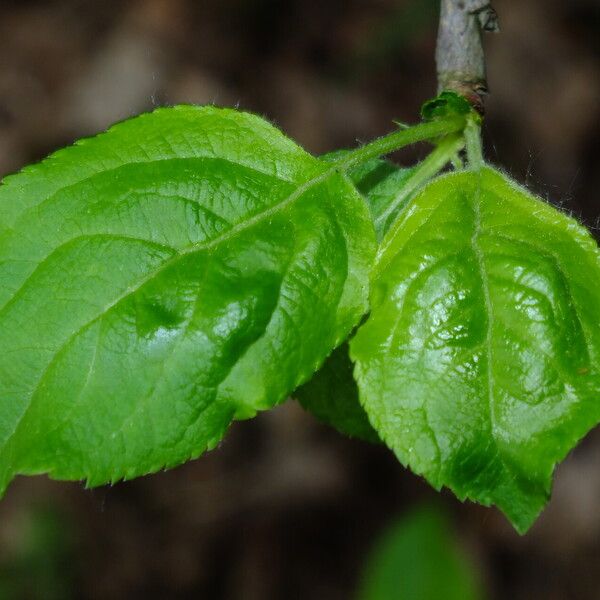Iakttagelse
Bestämning
Föreslagen artbestämning
Troligt namn (Inskickat namn)
100 %Konfidenspoäng
Föreslå en annan bestämning
Du håller inte med om arten som föreslagits men du har inget annat förslag
Kommentarer
Ytterligare information
Skapad
12 apr 2024
Senast uppdaterad
12 apr 2024
Kalonka, near Łódź
It is native to Central Asia, in the area currently known as Kazakhstan, but now spread over the whole Europe.
Bees feeding plant.
Edible plant - fruits raw or cooked, u, used for jellies, preserves and juices, the flavour improves considerably if the fruit is not harvested until it has been frosted; an edible oil can be obtained from the seeds; a very pleasant tea can be made from the leaves.
Herbal plant - fruits are astringent and laxative, crushed fruits' pulp can be used as a poultice to heal inflammations or small flesh wounds; the bark, and especially the root bark, is anthelmintic, refrigerant and soporific, an infusion is used in the treatment of intermittent, remittent and bilious fevers; leaves contain up to 2.4% of an antibacterial substance called 'florin', which inhibits the growth of a number of gram-positive and gram-negative bacteria in as low a concentration as 30 ppm.
Usable plant - fruits are a source of pectin, which is used as a thickener in jams; a red to yellow dye is obtained from the bark; the heartwood is reddish-grey; the 12 - 30 rings of sapwood are a light reddish, when steamed, the wood becomes reddish brown to dark red-brown; the wood is hard, but has a tendency to warp.
Delas i
Grupper (18)





